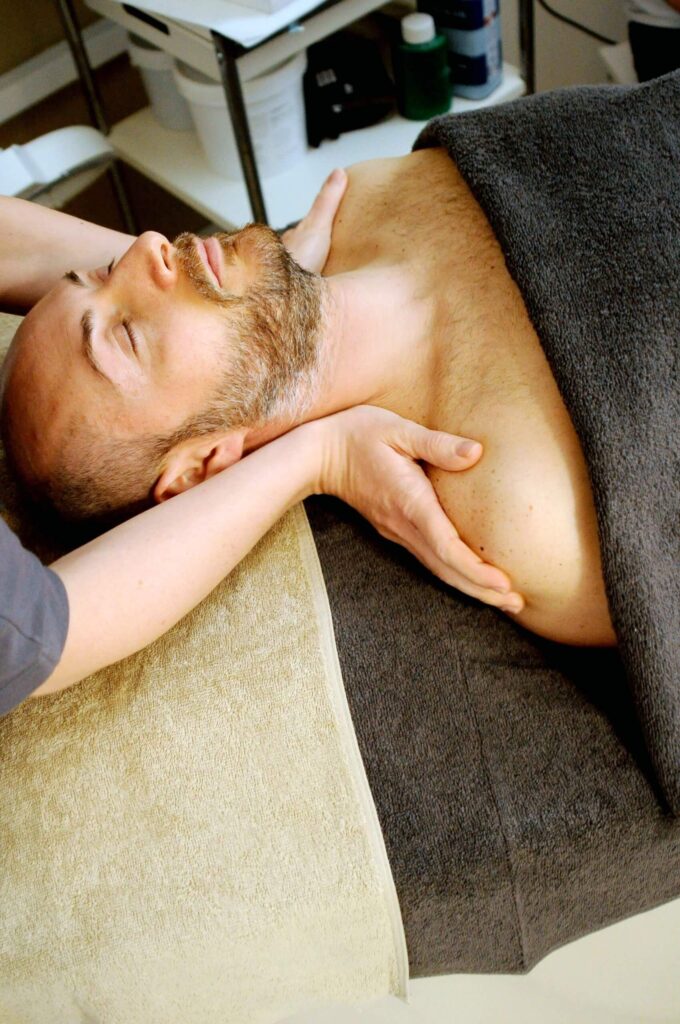The Top Massage Myths Debunked

I had a conversation with a friend the other day who mentioned she didn’t feel sore after a massage she had. She seemed concerned that it meant she would not get all the benefits from the massage therapy she had received. It got me to thinking about the many massage therapy myths that may be out there. Because we are not all experts in physical therapy or massage therapy, it’s time to debunk some top massage myths.
Myth #1: All massages are the same
This is a myth we’ve heard plenty of times before, and it’s far from the truth! Massages come in many forms, depending on the style and results you’re looking for. Let’s go over the different massage modalities first.
- Swedish massage: This massage is the most commonly thought of massage out there. Not only is it the more basic massage modality, it can be used regularly to combat stress and increase relaxation. You can expect long strokes, deep circular movements and may help improve circulation and lower blood pressure.
- Deep tissue massage: This massage addresses the problems a little deeper in the tissues. Usually you’ll see more results and benefits with this modality. You can expect slower and deeper strokes that reach a deeper layer in the muscle. Deep tissue is great for tighter and more stubborn muscles, range of motion and muscle damage due to injuries.
- Sports massage: This is a great modality for athletes wanting to improve their game. Similar to Swedish massage, the longer strokes will be geared specifically to treat or prevent injuries and to prepare the body a big game.
- Prenatal and postnatal massage: This is a safe and beneficial option for expecting mothers or mothers who recently gave birth. Mothers can get the comfort they need with massage. They can expect results like a decrease in swelling of hands and feet, reduction or muscle spasms or back pain and increased circulation.
In addition to all of these massage therapy modalities, you can speak with your massage therapist in regards to pressure, trigger points or focal points throughout your session. If you aren’t sure which massage is right for you, speak with a health professional, massage therapist or physical therapist, and they will help you find the best treatment plan.
Myth #2: If you don’t feel sore, it didn’t work
Like the story I told about my friend in the beginning, some people believe that specific things need to happen after a massage session in order to know if it was effective. Sure, many people can experience tenderness the day after a massage, but that isn’t a guaranteed method of measuring success. As you can see, massages have several different modalities. You are more likely to feel tenderness after a deep tissue massage, but it still isn’t something that you may feel every single session. Being sore is not the only indication of massage. Additionally, it’s important to note that tenderness or soreness is not the same as pain.
Myth #3: Massages must be painful to be effective
Similar to the second myth, the pain levels during a massage does not need to be high for it to be effective. Massage is much more about the strokes, the attention and the handling of a muscle or body part than it is about how painful it feels. In fact, when it comes to pain levels, from a scale of 1-10, it’s probably best to stick to about a 7. Talk with your massage therapist about pressure and pain if you aren’t sure how you should be feeling.

